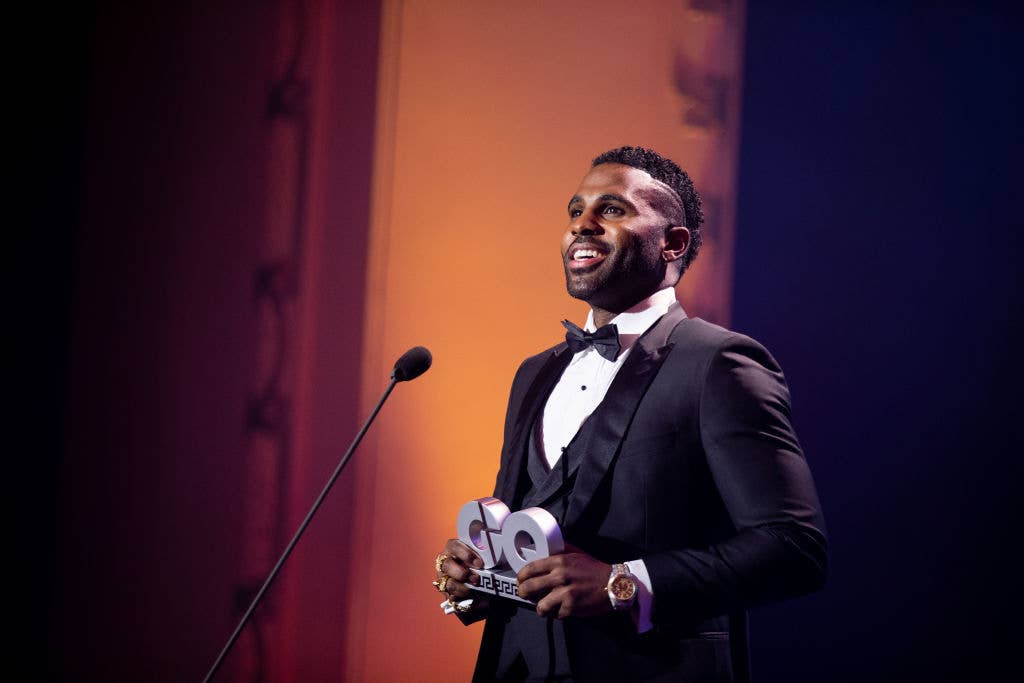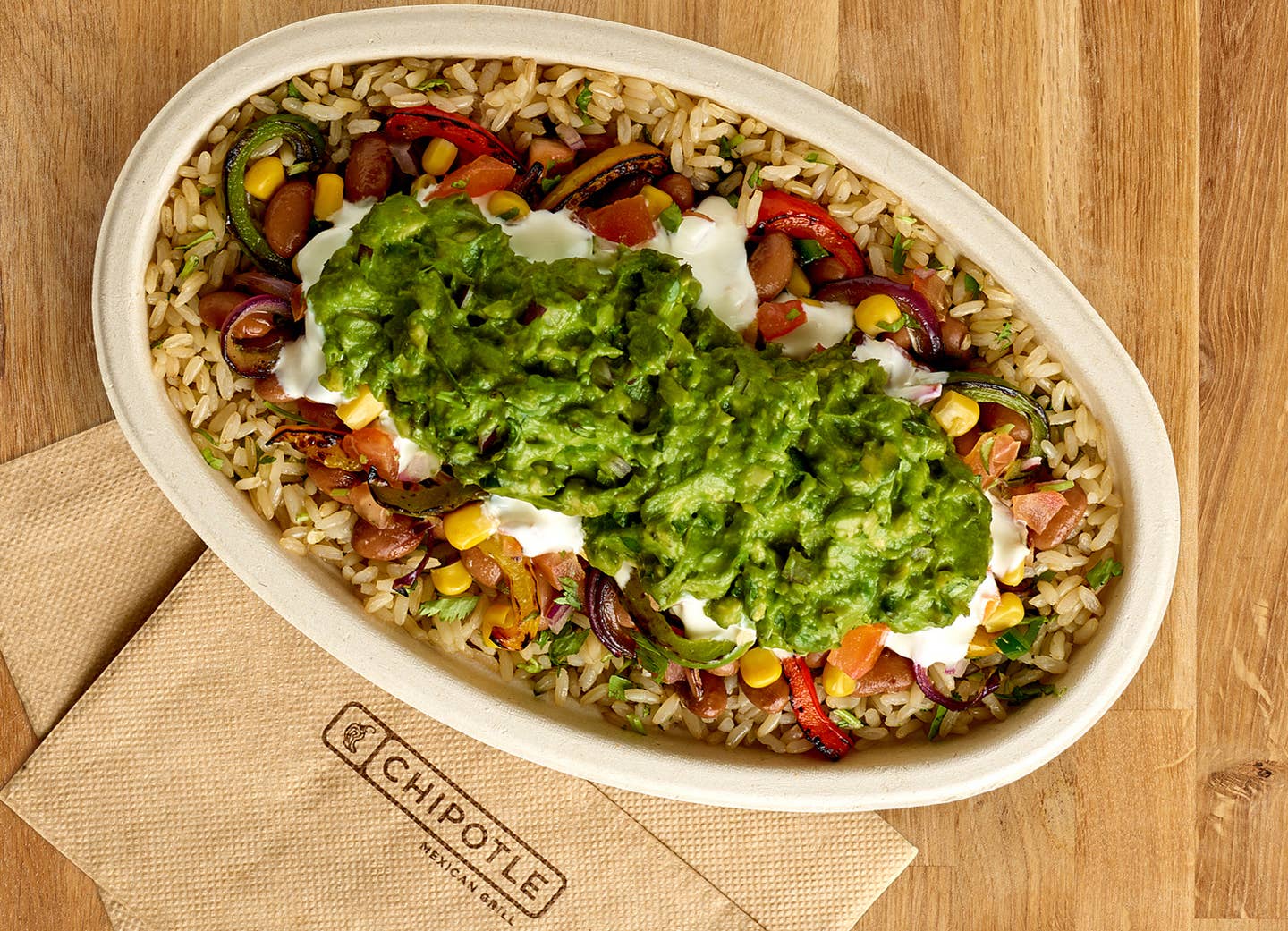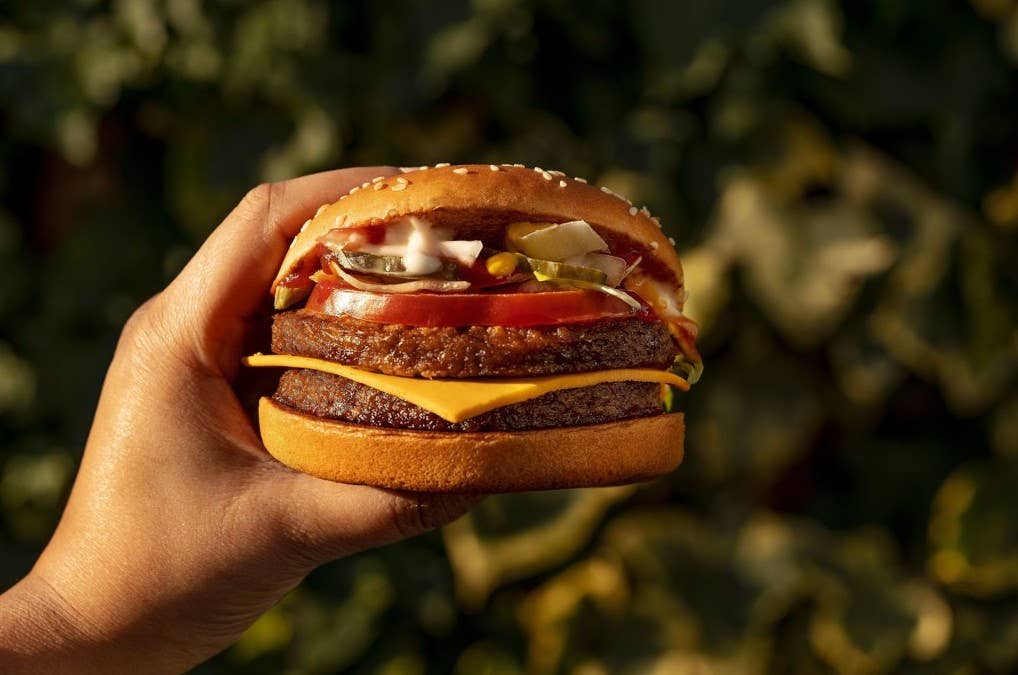
To Reach Your Goal Weight and Stay There, Try Intuitive Eating, Says an RD
Intuitive eating is having a moment. A reaction against the more restrictive diet culture, more and more registered dietitians are advising their clients to use intuitive eating as a strategy to reach their goal weight and stay there. It will not only be more effective than restrictive "food rules" based dieting but allow you to enjoy food more and know that by following a few simple guidelines, you can stop battling your cravings, eat healthier food (which when you start to enjoy, you want more and more of for the way it makes you feel) and have a healthier relationship with your body, your food and yourself.
Although it sounds like a recent trend, intuitive eating has been around since the 90’sm when Evelyn Tribole and Elyse Resch, both registered dietitians, released Intuitive Eating, a book written to help individuals reject the diet mentality and instead make peace with food while creating a healthy body image. They revise the book periodically, with the most recent edition printed in June, 2020.
The foundation of intuitive eating comes with 10 principles that allow dieters to take control of their eating habits and regain trust in their body's ability to fuel itself and stop when full. Two of those principles, "honor your hunger "and "feel your fullness," overshadow the rest, and often lead dieters right back into a restrictive mentality.
When intuitive eating can turn into the hunger and fullness diet
Our outlook is so trained to diet that when we start to eat intuitively, it can accidentally turn into a diet mentality. The hunger and fullness part of this approach works exactly as it sounds — eat when you’re hungry and stop eating when you’re full. But if those are the only two rules you follow you often end up crossing over from intuitive eating to the hunger and fullness diet, which is also misconstrued as an all-or-nothing, fast-and feast diet, which is not healthy.
Only eating when you’re hungry isn’t always intuitive, and here’s why. Our bodies sometimes need us to make choices for it. For example, if your hunger cue doesn’t kick in until later in the day, or if you’re feeling tired or not feeling well, you may need to eat a little something to help fuel your immune system or energize your mental process, since a small snack will allow you to continue to function. Contrary to not being intuitive, eating a small amount of healthy food in the case of a busy morning can be caring to your body. So in this case you are letting your intuition take the reigns, knowing your body needs sustenance.
Not feeling hungry can also be a side effect if you’ve restricted for long periods of time or had an eating disorder. In these moments, it’s especially important to create more structure for your eating times until your body begins to provide you with consistent hunger cues. Take a 2017 study published in Eating Disorders as an example. This study collected data on 218 retired female athletes regarding their eating practices and coping strategies. The analysis included three themes relevant to the intuitive eating framework — permission to eat, recognizing internal hunger and satiety cues, and eating to meet physical and nutritional needs. The results found that athletes felt liberated with their new eating practices and were alleviated of prior disordered eating. They did, however, require a lot of “recalibration” to relearn their body’s hunger and fullness cues.
Intuitive eating is also using your common sense: Eat before you get too hungry
Another instance where you may eat when you’re not “technically” hungry would be before an event or a flight where you won’t have access to food for several hours. In doing this, you’re being proactive. You may not be hungry at that moment, but an hour later it could kick in. By the time food is available to you, you may be feeling ravenous which makes it challenging to avoid overeating.
The most important thing in intuitive eating is stopping when you’re full
There is a whole spectrum of feeling full — it isn’t just “I’m full” and “I’m not full.” That’s the black-and-white thinking again, and feeling full contains a lot of gray areas.
At some point in a meal, your hunger feeling may subside, but you decide to continue to eat because it’s satisfying and you’re enjoying it. This is a normal and intuitive thing to do. Principle number 5 is “discover the satisfaction factor.” Diet culture makes us believe that food is fuel and nothing else, which has us missing out on the pleasure and satisfaction in the eating experience. The intuitive eating website states, “when you eat what you really want, in an environment that is inviting, the pleasure you derive will be a powerful force in helping you feel satisfied and content. By providing this experience for yourself, you will find that it takes just the right amount of food for you to decide you’ve had ‘enough.’”
If you end a meal with a painfully full stomach, this gives you a chance to observe feelings and notice patterns for next time without the need to criticize yourself.
Research supports the science behind intuitive eating as an effective strategy
The science behind intuitive eating is growing, and likely not going to stop gaining credibility anytime soon. At this point, there are over 100 studies that back it up as a strategy for maintaining a healthy body weight without dieting or restricting yourself.
A 2016 cross-sectional study published in Appetite found that participants (who were mainly university students in the U.S.) had less disordered eating, more positive body image, greater emotional functioning, and other psychosocial correlations when intuitive eating.
One of the first studies to compare intuitive eating, mindful eating, and restraint was published in Eating and Weight Disorders in 2015. Participants were college students and the results found that high restraint was linked with increased BMI and disordered eating. Intuitive eating was essentially the opposite, where it was associated with a lower BMI and disordered eating. Mindful eating had no relation to outcome variables.
Bottom Line: End the food rules. In the end, you’re likely to start feeling restricted if you are giving yourself any kind of food rules. If you’ve started to commit to intuitive eating and you feel that you’ve been falling into this hunger and fullness diet — take a step back and focus on other principles of intuitive eating such as discovering the satisfaction with food and making peace with it.
Intuitive eating isn’t another diet, therefore you should never feel "restricted." Over time, you’ll likely notice yourself gravitating toward choosing fresh, whole foods because they are what makes your body feel good! If you find yourself struggling to reach that point, it may be beneficial to seek guidance from a dietitian who specializes in intuitive eating.
More From The Beet






